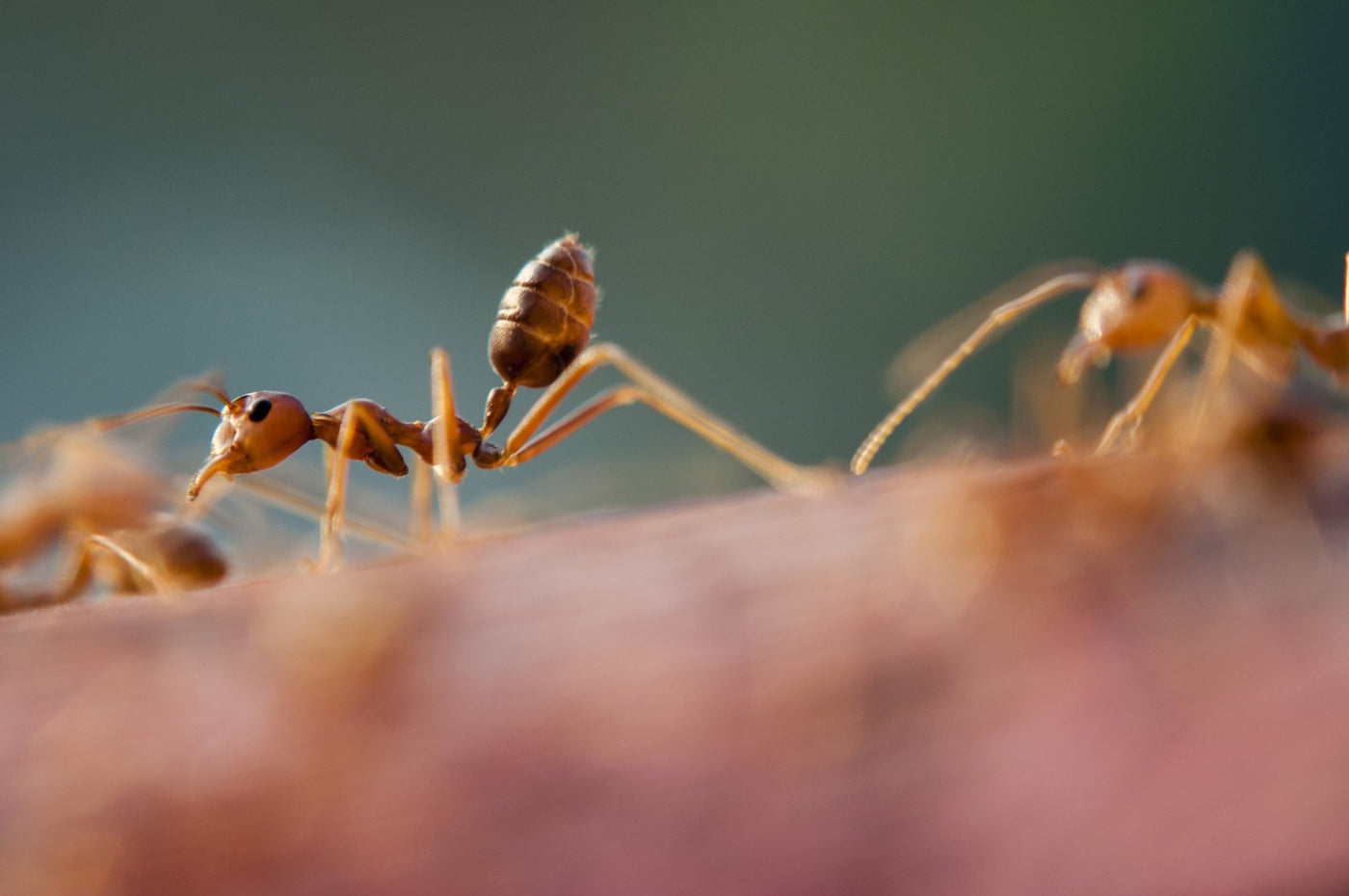Your Cart is Empty

There are over 15,700 named species of ants in the world. While many people think of ants as simple pests, they're actually complex and diverse creatures that can be fascinating to watch. That's why ant farms are so popular!
If you've always had an interest in these six-legged critters, why not start caring for ants on your own? Starting an ant farm isn't too complicated and you'll have a blast studying your new "pets."
Not sure how to create the best ant farm for your tiny new friends? We're here to help you! Read on to learn all about how you can create the ideal ant enclosure and maintain a happy and healthy ant colony at home.
Selecting the right ant species is crucial if you want a successful ant farm. As we mentioned, there are so many different types of ants! Not all of them will be appropriate for your display.
Harvester ants, carpenter ants, and red harvester ants are common in ant farms, but there are other options as well. Research the specific needs and behaviors of the species you're considering buying to ensure they are suitable for captive environments.
An important note: you also shouldn't mix different species of ants. Even ants from different colonies (of the same species) can fight. Pick one species and one colony, especially when you're still a beginner.
Where will your ants live? While some people are able to DIY their ant farms, beginners should consider buying high-quality ant farm kits. This is a great and easy way to kickstart an ant farm even if you don't have any experience yet.
A suitable ant enclosure has to be large enough to comfortably house all of the ants and deep enough that they'll be able to create burrows and tunnels like they would in the wild.
For your sake, it's also good if it's clear. This way you'll be able to see your little ant colony hard at work.
Where are your ants going to nest? Ants can create their own nesting spaces, but you need to provide the materials for them.
Create a comfortable nesting area for the ants by filling one side of the container with a suitable substrate. A mix of sand and soil or a commercial ant farm substrate are both good options here.
Make sure the substrate is damp enough to allow the ants to dig tunnels but not so wet that it can cause flooding. Ants need moisture, but you don't want to harm them.
It's also a good idea to provide the ants with materials they can use to create tunnels and chambers, such as small pieces of bark, twigs, or leaves. This allows them to construct a natural-looking habitat. It's also fun to watch them put those materials to good use!
Ants are used to living outdoors, so their temperature and humidity requirements are different from what you likely have in your home. You're responsible for keeping them comfortable.
Maintain the appropriate temperature and humidity levels for your chosen ant species. Research the specific requirements, but in most cases, room temperature and moderate humidity are suitable. If you're someone who prefers to keep your home extra cold, you may want to find a way to keep your ant farm warm.
Keep the ant farm away from direct sunlight to prevent overheating and excessive temperature fluctuations. Too much heat can be harmful to the ants.
As far as humidity goes, gently spraying your ant farm every so often is a good way to add extra moisture. Again, don't overdo it.
What are your ants going to eat? When you're caring for ants, you're responsible for feeding them!
Place a shallow dish or tube filled with clean water in the ant farm to ensure your ants have access to suitable hydration. Many people think insects don't need to drink, but this isn't the case.
You should also offer a variety of foods, such as sugar water, honey, or pieces of fruit, to meet their dietary needs. Some species may also benefit from small insects like fruit flies. Dead insects are best so they won't harm the ants.
Ants aren't picky. Research the species of ant that you're keeping to find out what it needs.
In most cases, ants will keep their homes clean on their own. However, you may have to go into the farm every so often to clear out debris or blockages. Some ants will also stack deceased ants or other debris around the side of the ant farm, and you're going to want to remove that.
Be careful when you're doing this. We recommend having the farm in a large secondary container in case any ants try to make an escape (even if this is unlikely).
Only disturb the ants when you need to clean.
Did you know that ants go into a dormant period (called diapause) when it gets cold? While your ant farm may not have actual seasons, it's a good idea to let your ants have this dormancy period anyway. This will allow them to rest and store energy.
Ants can be dormant for several months. Putting them in a cooler and darker room can allow them this time to rest. Make sure you've supplied them with enough food to get through their "hibernation" safely.
These tips will help you set up and maintain the best ant farm possible for a beginner. Ants can be fascinating to watch! As long as you have a proper setup, you'll be well on your way to a successful little ant colony of your own.
Are you looking for supplies so you can get your ant farm started? Everything Ants have got you covered. Check out our collection of ant farm supplies so you can start setting up your ant habitat today.